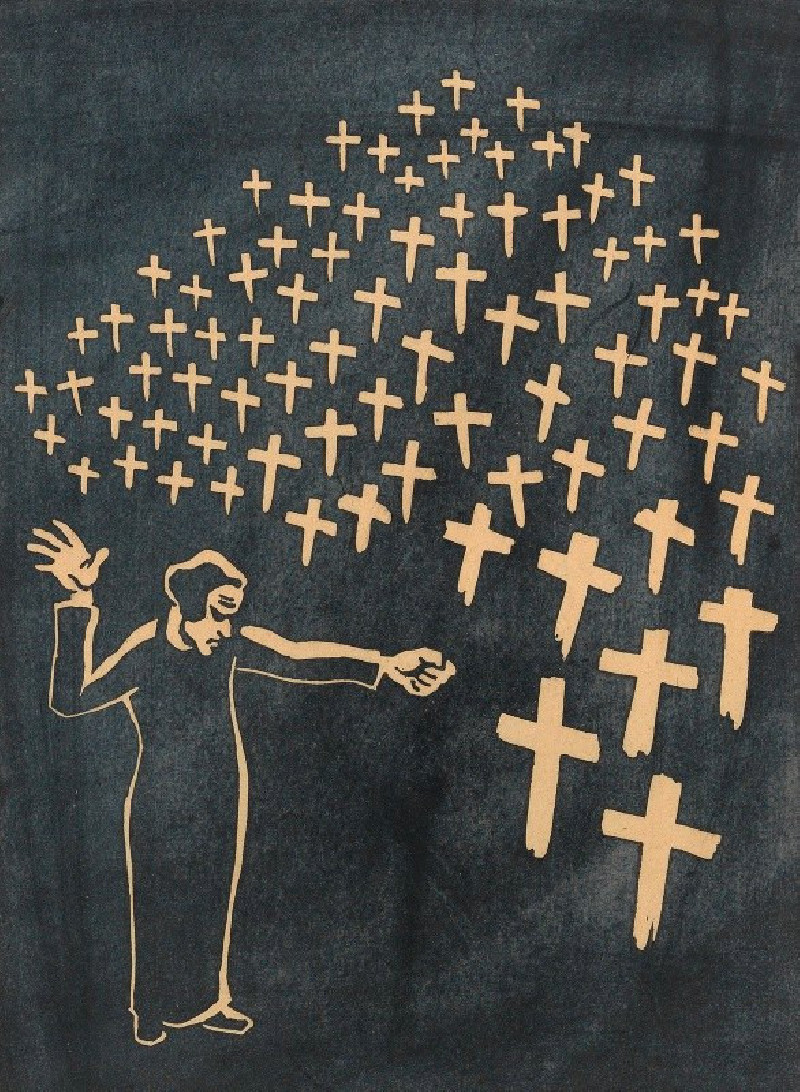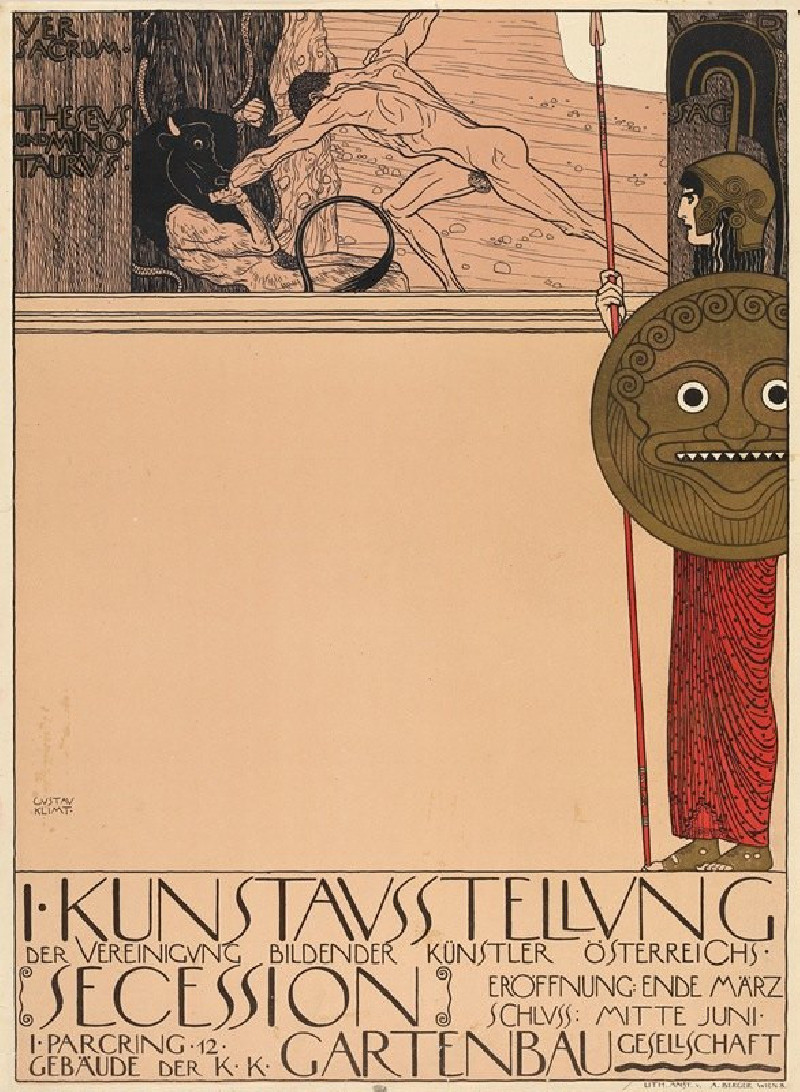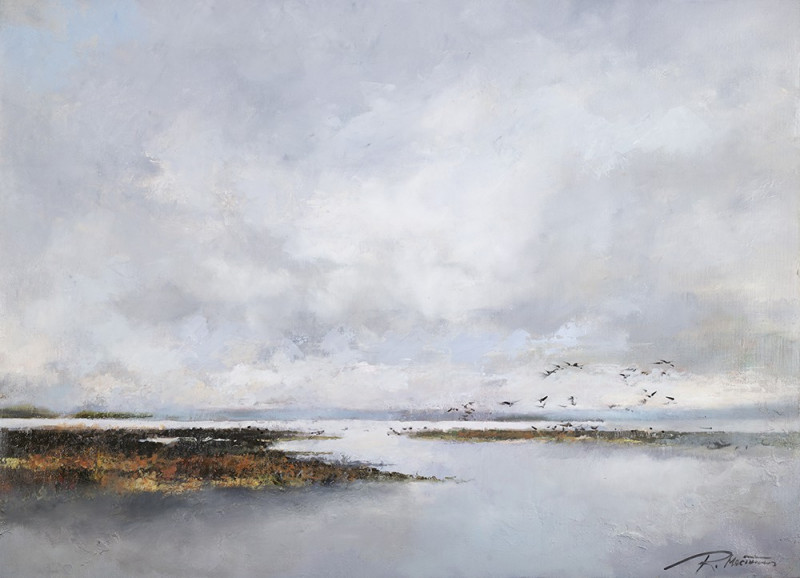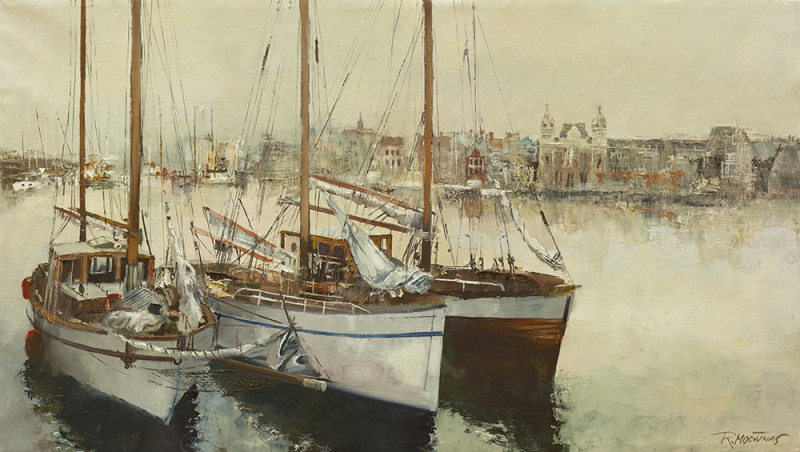männlicher Akt III
Technique: Giclée quality print
Recommended by our customers
More about this artwork
Karl Wiener’s evocative charcoal work “Männlicher Akt III” masterfully captures the essence of masculine vitality through its dynamic portrayal of the male form. The artist uses confident, sweeping strokes to outline the muscular contours, creating a powerful tension within the subject's posture. The figure, captured from behind and in mid-stride, conveys movement and raw energy.Wiener’s adept use of shading brings out the lithe strength and flexibility of the human body. The thoughtful abstraction of the background lets the viewer focus entirely on the dramatic presence of the male figure. The simplicity of the horizontal line suggests a timeless, universal setting that underscores the figure's timeless physicality.“Männlicher Akt III” invites viewers to ponder over the nuances of human motion and form, emphasizing a classic theme in art in a modern, expressive manner. This piece can be appreciated not only for its aesthetic beauty but also as a profound study of human anatomy and emotions, revealed through the artist's skilled hand.
Delivery
Reproductions are made to order and take 5 to 7 working days.
We send them out by courier and delivery takes another two working days.
If you need a reproduction sooner, please contact us - we can usually find a solution and produce it a little faster.
If you don't want to pay for postage, you can pick up your paintings at our galleries in Kaunas or Vilnius.
Returns
Yes, reproductions can be returned.
If you have any doubts more than 30 days after the date of purchase, please contact us - we will take the reproduction back for a refund or offer you a replacement!
We accept a maximum of two returns per customer - please note that we make reproductions to order, so please choose responsibly.
We do not refund shipping expenses.















































